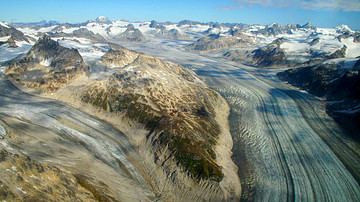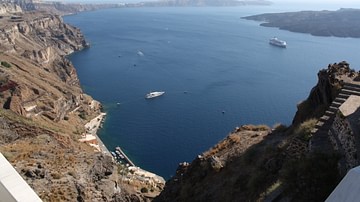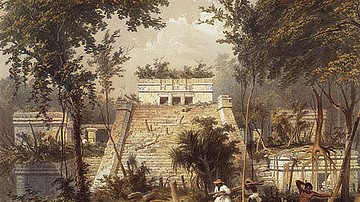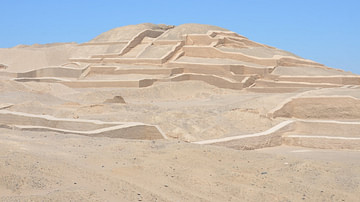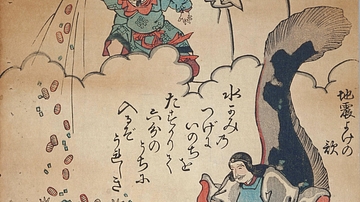Although climate change has today become a much bigger and more globalized problem than in the past, ancient peoples did have to contend with local events that severely disrupted or even ended their way of life as they knew it. A long series of droughts in parts of the Americas led to the abandonment of such cities as Cahuachi in Peru and may have contributed to the collapse of the Maya civilization in Mesoamerica while similar climatic changes in southern Africa likely contributed to the demise of Mapungubwe and Great Zimbabwe.
Another notable catastrophe was the Bronze Age Collapse, which had devastating consequences: Climate change, combined with other stressors, brought down the Hittite Empire, the Mycenaean Civilization, Kassite Babylonia and many other states, ushering in a dark age around the Mediterranean.
There were, too, the more explosive events that brought total disaster in a matter of hours such as the great floods that are told in so many myths around the world and which archaeology has revealed often have a basis in fact. There were devastating earthquakes such as the one that brought down the walls of Jericho or toppled the Colossus of Rhodes, and the explosions of the volcanoes on Thera and at Pompeii that killed thousands in a moment. All of these events, often exacerbated by overpopulation, overworking the soil, and heavy deforestation of a specific area meant that competition for power and resources became intense as agriculture was disrupted and leaders were challenged. Sometimes, even entire cities and states succumbed. In this collection, we examine these dramatic events and their lasting consequences.
Cahuachi was abandoned from the mid-6th century CE, perhaps due to climate change as the local environment became more arid. Earthquakes, too, may have been a contributing factor to the centre's decline. It is interesting to note that the number of geoglyphs created at this time increased, perhaps indicating the urgent need for divine help to meet the crisis. The mounds were systematically covered with earth and so the abandonment of Cahuachi was both planned and deliberate.
We also have a free lesson plan for teachers on this subject.


